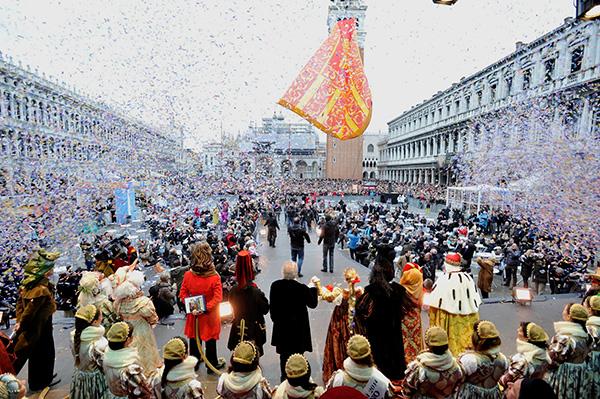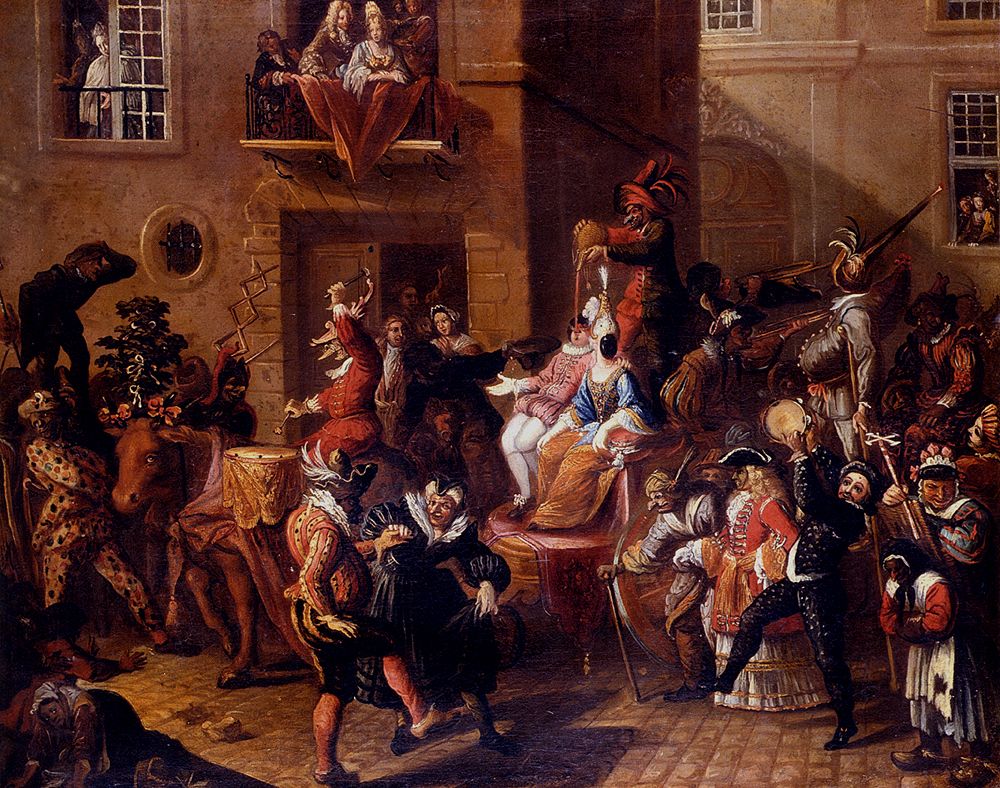Carnevale in Venice, one of the world’s most popular festivals is held in Italy from 23 January to 9 February. This is a time when this magical city is filled with masses of people dressed in fabulous costumes and elaborate masks attending mask parades and dancing to celebrate a great tradition of the city of Venice. The masks were used to disguise a person’s identity and a way of masquerading lives of pleasure and licence.
A theory in the meaning of ‘Carnevale’ is that the name is derived from the Italian “carne levare” or similar, meaning to remove meat, since meat was prohibited during lent which occurs before Easter.
The Carnival began after the success of a major battle of the ‘Serenissima Repubblica’ in 1162 against the Patriarch Aquileia of northern Italy. After this event people began gathering in St Marks Square for dancing and for reunions and wore masks as a disguise. In 1797 it was outlawed by the King of Austria.
It re-emerged in 1979 by the Italian Government as a tourist attraction and the masks were redeveloped by college students for the tourist trade. Masks were always a feature of the Venetian Carnival and people wore the masks for many other special feast days such as St Stephens and The Assumption in October and December respectfully. The mask makers developed their own guild and laws and held special positions in society.
Some of the popular ‘Commedia dell’arte’ character masks were the ‘bauta’ mostly worn by men and designed with an over prominent nose and a beak-like chin so that the wearer could talk, drink and eat. The mask was black and was accompanied by a black or red cape and a tricorn cap (a hat with 3 points). Colombina, a maid servant, wore a half mask only covering the eyes, nose and the upper cheeks. Her mask was brilliantly decorated in gold or silver with crystals and feathers.
Other masks used were the’ Medico della peste’ with its long beak, Arlecchino, a servant who wore a colourful Harlequin costume and wore a black half mask with an ape-like nose and Pantalone representing a sad old man with an oversized nose the beak of a crow, slanted eyes and high brows which meant to signify intelligence on stage.
Vita Italian Tours and Pronto Travel organise private itineraries for travellers wishing to experience the magic of the Venetian Carnevale.





